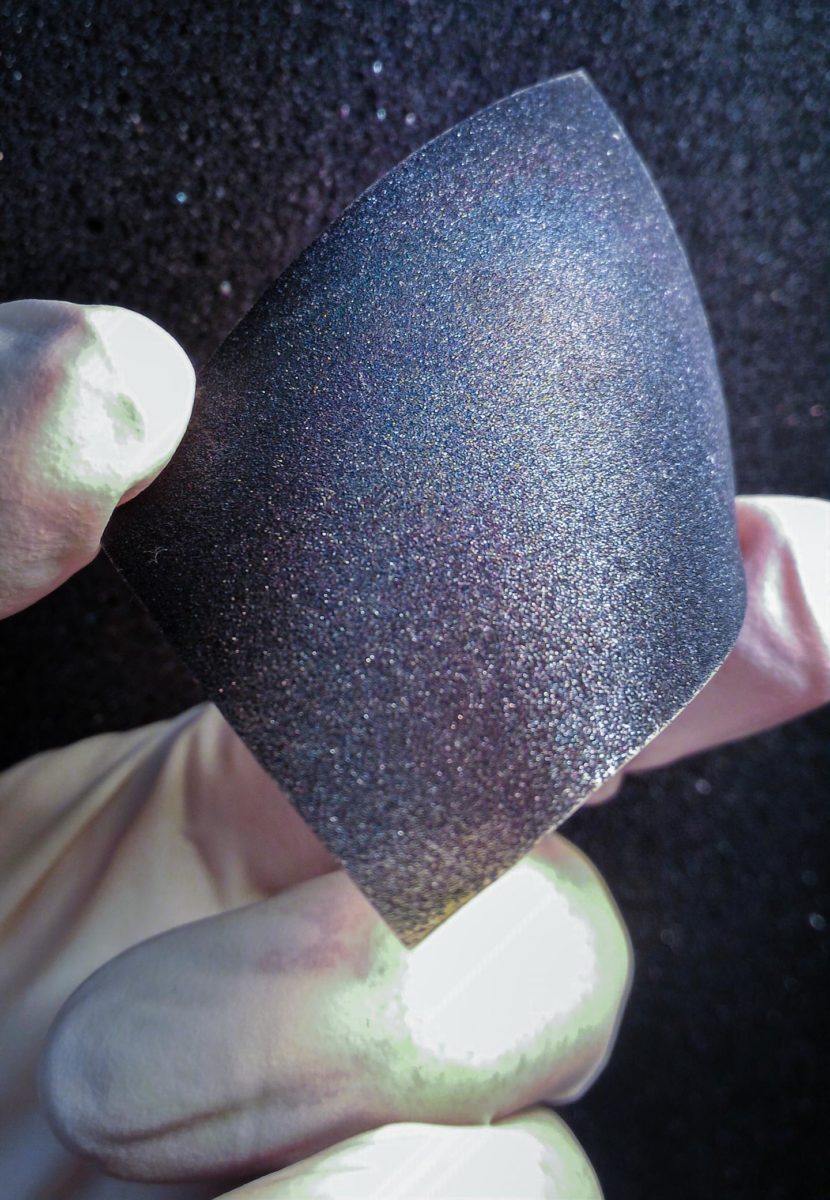Scientists from Estonia’s Tallinn University of Technology are trying to replace copper with silver in the absorber material of solar cells based on kesterite, which is one of the most promising light-absorbing candidates to lead the development of the next generation of thin-film solar cells.
The researchers claim to have developed a monograin powder technology for the production of the kesterite. They said their method is less costly than the vacuum evaporation or sputtering technologies used in the production of thin-film solar cells, which require more expensive production equipment.
With the powder growth technology, which involves heating chemical components in a special chamber furnace at 750 degrees for four days, the researchers have been able to obtain unique microcrystals that can form parallel connected miniature solar cells in a large module, which is then covered with an ultra-thin buffer layer.
The obtained solar cells are lightweight, flexible, less expensive and environmentally friendly. “We have reached the point in our development where partial replacement of copper with silver in kesterite absorber materials can increase efficiency by 2%,” said researcher Marit Kauk-Kuusik.
Kauk-Kuusik said that replacing 1% copper with silver raised the efficiency of monograin layer solar cells from 6.6% to 8.7%. “This is because copper is highly mobile in nature, causing unstable solar cell efficiency,” he said.
Popular content
The findings of the research were revealed in The effect of Ag alloying of Cu2(Zn,Cd)SnS4 on the monograin powder properties and solar cell performance, which was published in the Journal of Materials Chemistry A.
In August 2018, Australian researchers achieved a 10% efficiency for a cell based on copper zinc tin sulfide, or sulfide kesterite, in August 2018. The world record for such cells is 12.6%, achieved by Japanese thin-film producer Solar Frontier in 2013.
Last year, researchers from Helmholtz-Zentrum Berlin in Germany revealed that they were trying to replace tin with germanium in the development of kesterite solar cells.
This content is protected by copyright and may not be reused. If you want to cooperate with us and would like to reuse some of our content, please contact: editors@pv-magazine.com.



It’s really good. One more step👣 of future